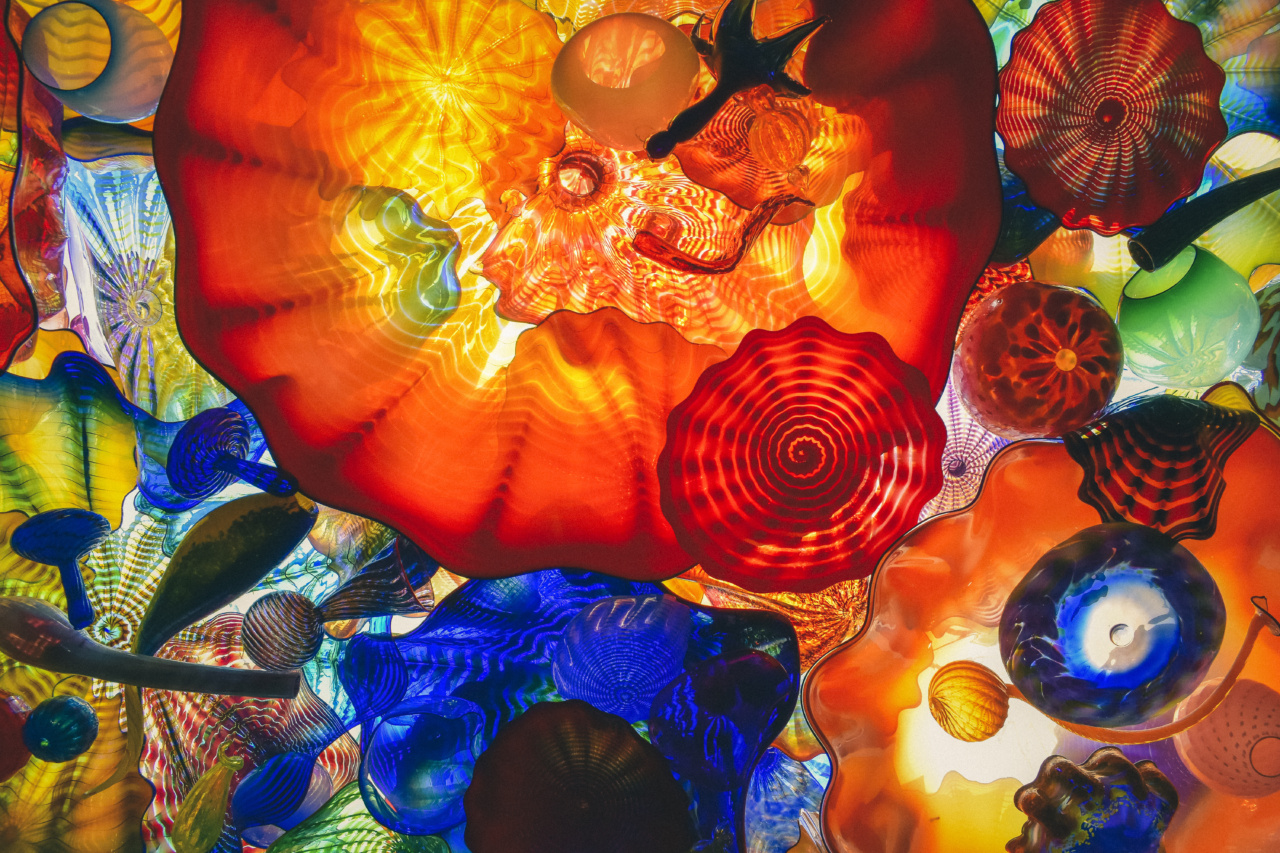Sweetness is a fundamental taste that humans have enjoyed for thousands of years. It is not just a flavor, but also a way to describe someone or something that is delightful, attractive, or enjoyable.
In this article, we’ll explore the ripple effect of sweetness and how it affects our lives.
Sweetness Brings Joy
When we taste something sweet, it triggers the pleasure centers in our brain, bringing a sense of joy and happiness. It’s no secret that desserts and treats bring people together, sharing joy and creating memories.
A sweet treat can make a bad day better or a good day even better. It’s like a tiny piece of sunshine that brightens up our lives.
Sweetness is a Form of Communication
Sweetness is also a form of communication. It can be a way to show love, affection, gratitude, or express condolences. Think about how we use sweet treats on special occasions like birthdays, weddings, or even funerals.
Sweetness is a universal language that everyone can understand, and it can create bonds between people.
Sweetness is a Business
Sweetness is not just a feeling or a form of communication, but also a big business. From candy companies to bakeries, the sweet industry generates billions of dollars every year.
Sweet treats are not only consumed for pleasure and joy but are also often given as gifts, making them a lucrative business that contributes to the economy.
Sweetness Can Be Addictive
While sweetness can bring joy and happiness, it can also be addictive. Our bodies are wired to crave sugar, and consuming too much of it can lead to negative consequences like obesity, diabetes, and other health problems.
It’s essential to consume sweetness in moderation and keep track of our sugar intake to avoid addiction and health problems.
Sweetness as a Cultural Symbol
Sweetness also holds cultural significance in many parts of the world. In some cultures, sweets are a symbol of prosperity, good fortune, or religious celebrations. In others, they are given as tokens of appreciation or respect.
In India, sweets called “mithai” are a staple in every celebration or festival and are often given as gifts to express joy and happiness.
The Art of Sweetness
Sweetness can also be an art form, and many pastry chefs and bakers create beautiful and intricate desserts that are not only yummy but also visually stunning.
From wedding cakes to dessert tables, the art of sweetness is about creating a sensory experience that brings joy, happiness, and delight to those who consume it.
Sweetness and Memory
Sweetness is often linked to memories. Think of your favorite childhood sweets, and chances are they bring back happy memories. Sweetness is a way to create memories and cherish them for years to come.
It’s no wonder that many people have special traditions associated with sweets, like baking cookies with their families during the holidays or sharing a piece of cake on their anniversary.
Conclusion
Sweetness has a ripple effect that goes beyond the taste buds. It brings joy, creates memories, represents culture and can even be an art form.
Sweets have been a part of human history for thousands of years, showing that sweetness is an essential part of our human experience. However, it’s essential to consume sweetness in moderation and be mindful of our sugar intake to avoid negative consequences. So, enjoy that sweet treat but remember to savor it with care.































